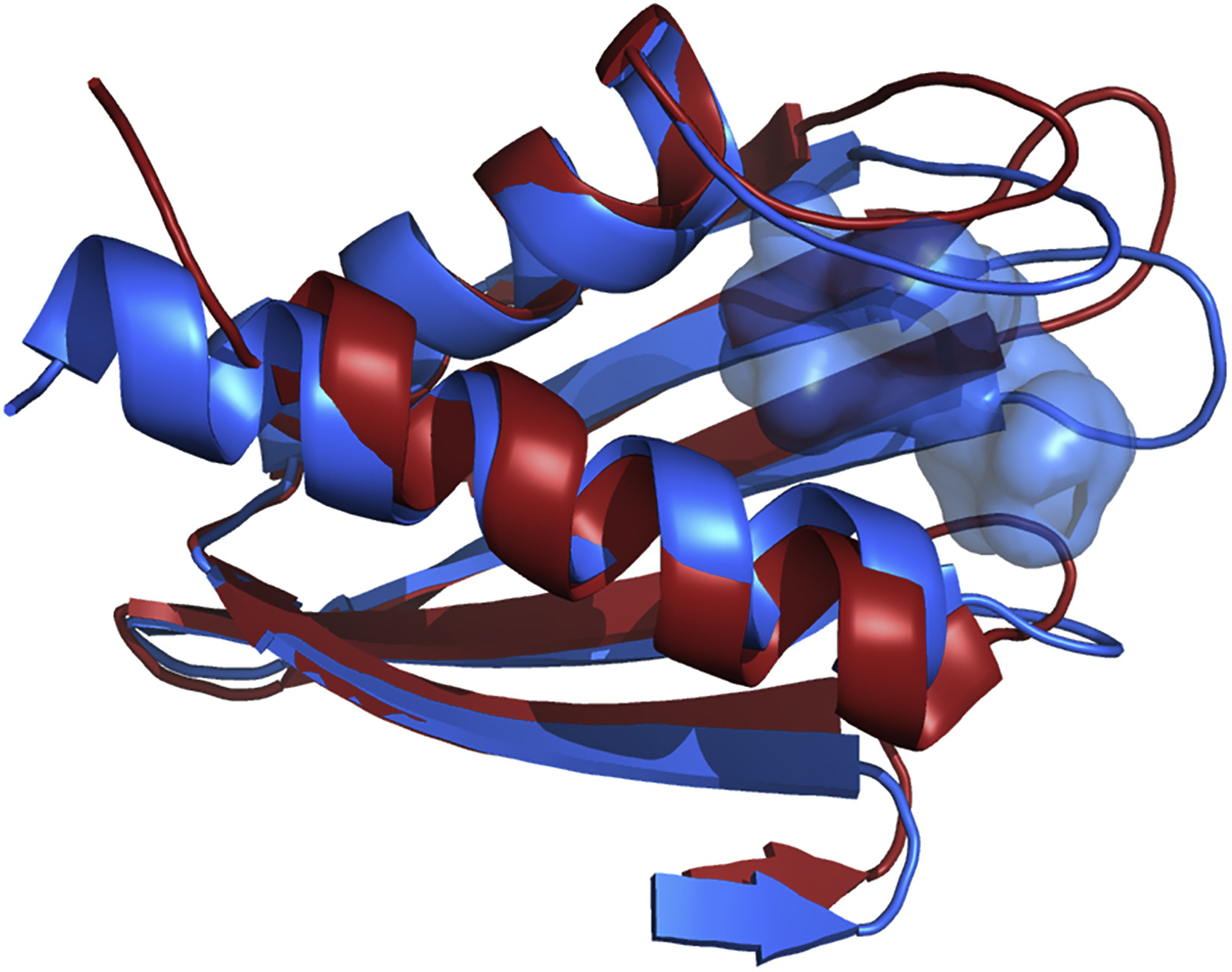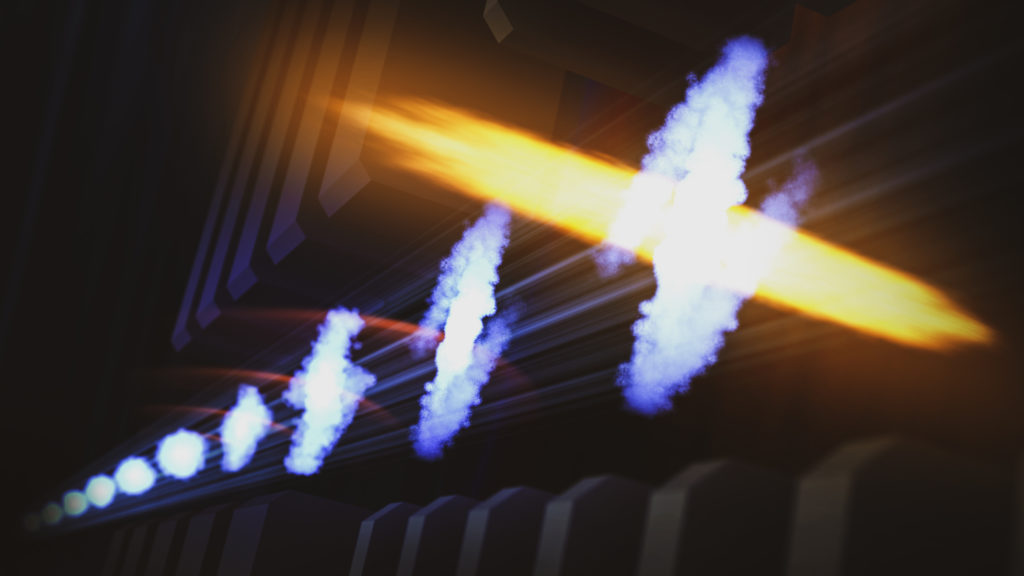The newly upgraded Linac Coherent Light Source (LCLS) X-ray free-electron laser (XFEL) at the Department of Energy’s SLAC National Accelerator Laboratory successfully produced its first X-rays, and researchers around the world are already lined up to kick off an ambitious science program.
Tag: LCLS

Researchers capture elusive missing step in the final act of photosynthesis
Photosynthesis plays a crucial role in shaping and sustaining life on Earth, yet many aspects of the process remain a mystery. One such mystery is how Photosystem II, a protein complex in plants, algae and cyanobacteria, harvests energy from sunlight and uses it to split water, producing the oxygen we breathe. Now researchers from the Department of Energy’s Lawrence Berkeley National Laboratory and SLAC National Accelerator Laboratory, together with collaborators from Uppsala University and Humboldt University and other institutions have succeeded in cracking a key secret of Photosystem II.
‘Diamond rain’ on giant icy planets could be more common than previously thought
A new study has found that “diamond rain,” a long-hypothesized exotic type of precipitation on ice giant planets, could be more common than previously thought. In an earlier experiment, researchers mimicked the extreme temperatures and pressures found deep inside ice giants Neptune and Uranus and, for the first time, observed diamond rain as it formed.
SLAC expands and centralizes computing infrastructure to prepare for data challenges of the future
A computing facility at the Department of Energy’s SLAC National Accelerator Laboratory is doubling in size, preparing the lab for new scientific endeavors that promise to revolutionize our understanding of the world from atomic to cosmic scales but also require handling unprecedented data streams.
SLAC hosts Secretary of Energy Jennifer Granholm for a virtual visit
Highlights of the two-hour visit included behind-the-scenes looks at one of the most powerful X-ray sources on the planet and at the construction of the world’s largest digital camera for astronomy. She also joined presentations of the lab’s research in machine learning, quantum technology and climate science and engaged in discussions about diversity, equity and inclusion at SLAC.

Supercomputing Aids Scientists Seeking Therapies for Deadly Bacterial Disease
A team of scientists led by Abhishek Singharoy at Arizona State University used the Summit supercomputer at the Oak Ridge Leadership Computing Facility to simulate the structure of a possible drug target for the bacterium that causes rabbit fever.

SLAC scientists invent a way to see attosecond electron motions with an X-ray laser
Researchers at the Department of Energy’s SLAC National Accelerator Laboratory have invented a way to observe the movements of electrons with powerful X-ray laser bursts just 280 attoseconds, or billionths of a billionth of a second, long.
dsfds
ewrwer